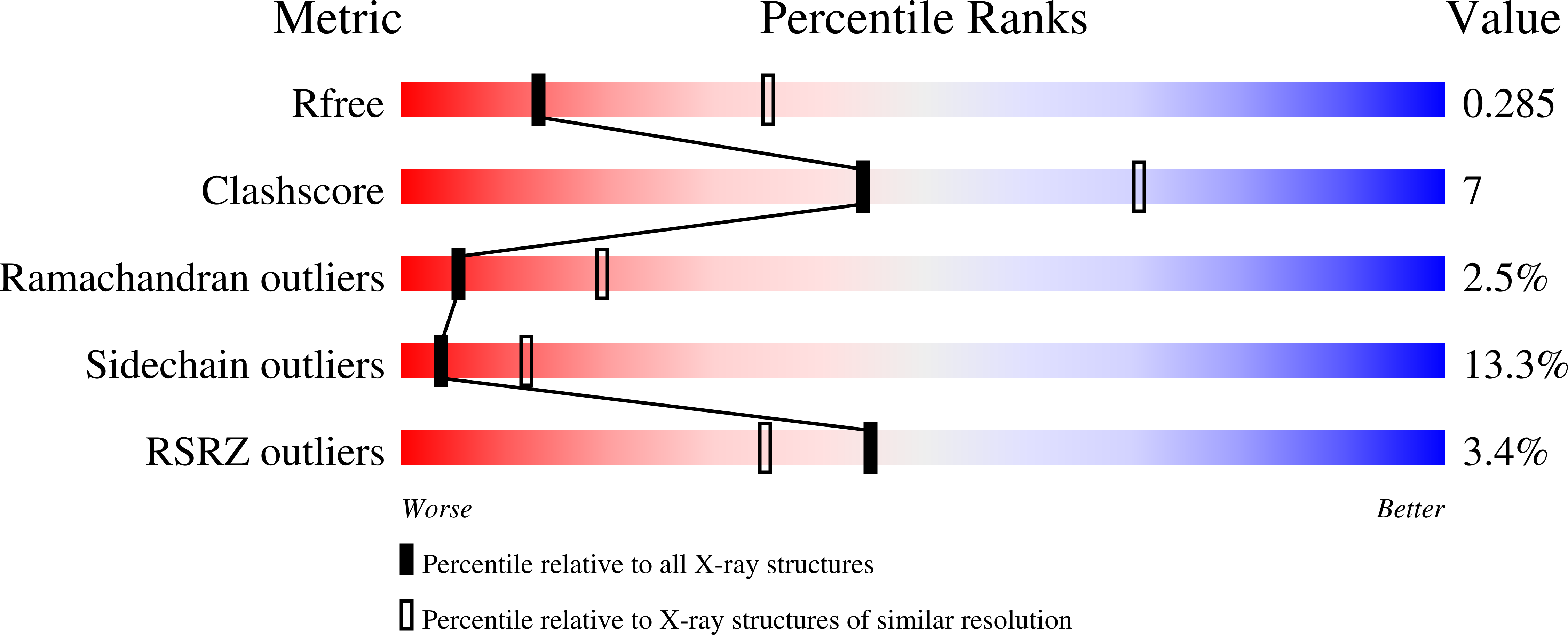
Deposition Date
2002-11-06
Release Date
2002-12-25
Last Version Date
2024-02-14
Entry Detail
PDB ID:
1N5O
Keywords:
Title:
Structural consequences of a cancer-causing BRCA1-BRCT missense mutation
Biological Source:
Source Organism:
Homo sapiens (Taxon ID: 9606)
Host Organism:
Method Details:
Experimental Method:
Resolution:
2.80 Å
R-Value Free:
0.29
R-Value Work:
0.27
R-Value Observed:
0.27
Space Group:
P 61 2 2


